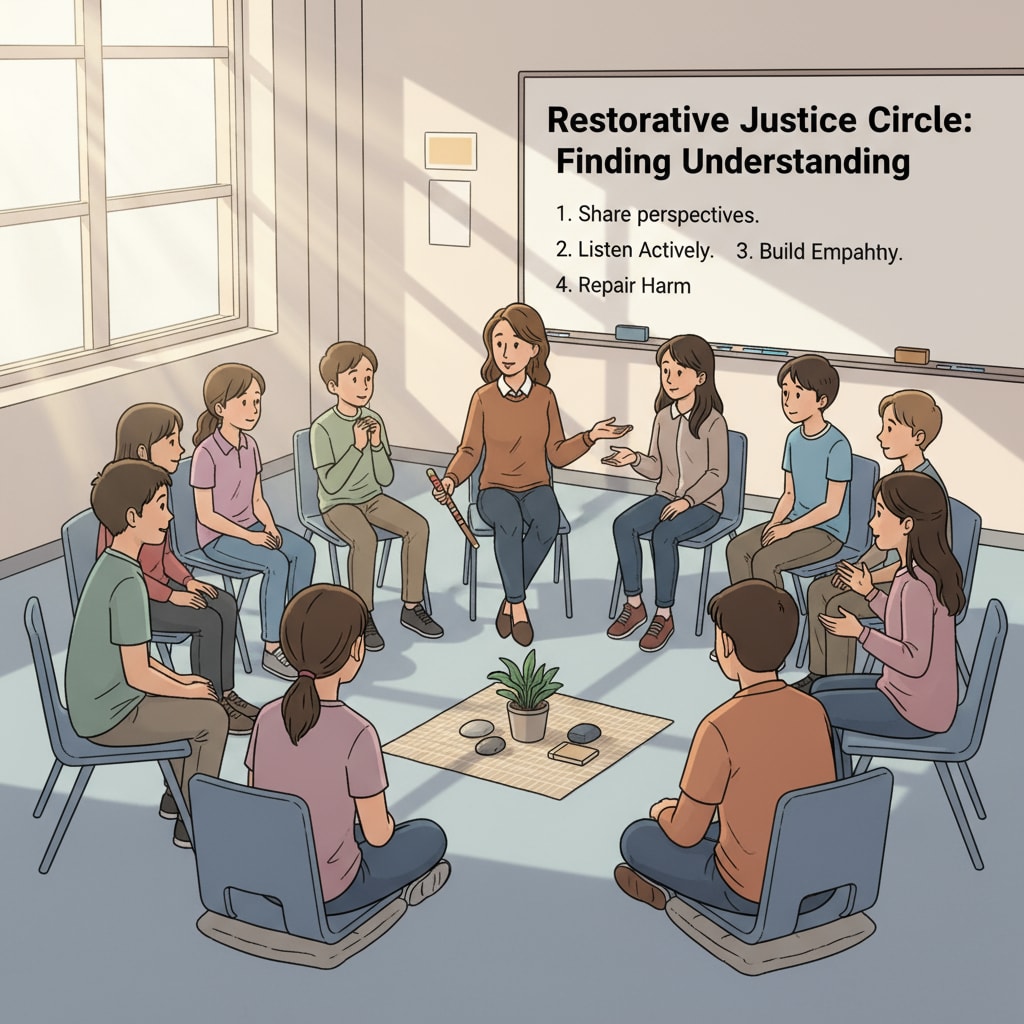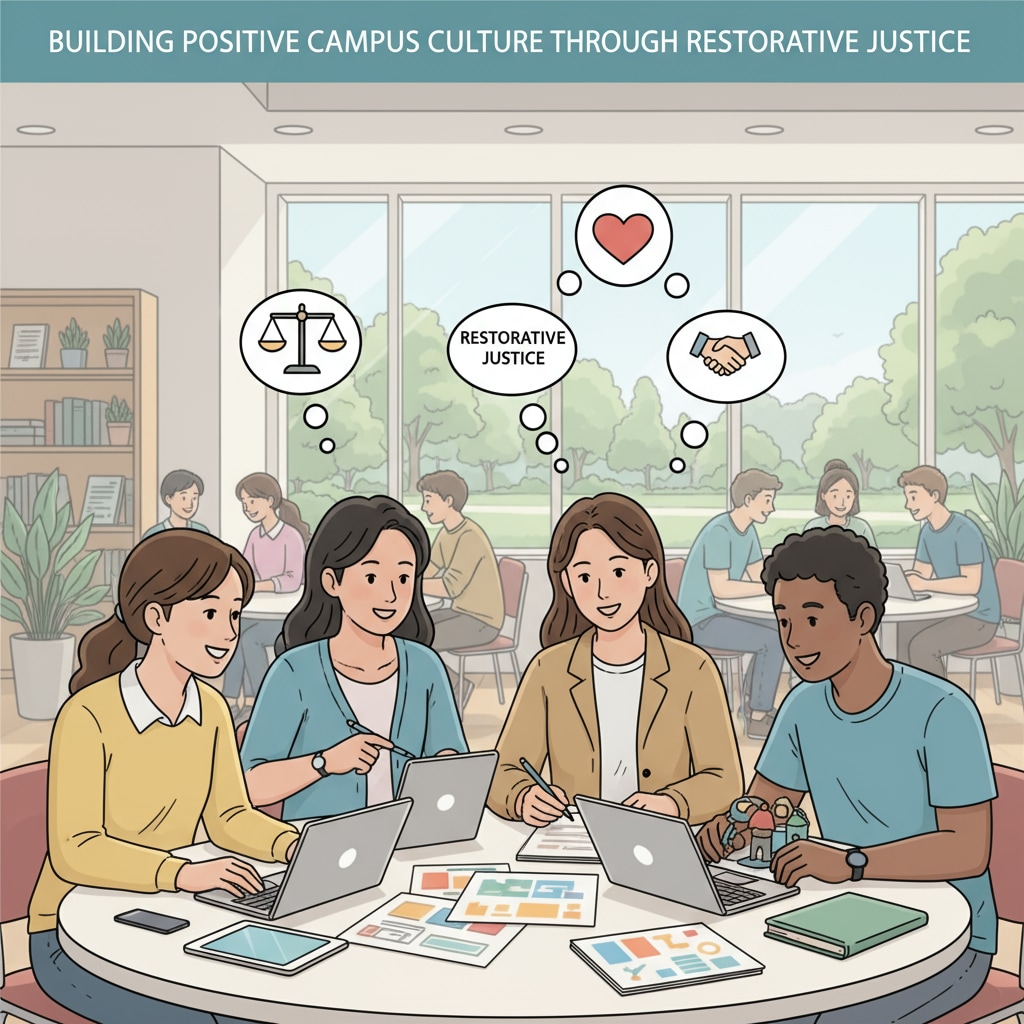In the realm of K12 education, restorative justice, education resources, and school implementation are crucial aspects that educators are increasingly exploring. Restorative justice offers a fresh approach to handling conflicts and disciplinary issues in schools, moving beyond traditional punitive measures. This article aims to provide educators with valuable insights into the resources available and practical implementation strategies.

The Value of Restorative Justice in Education
Restorative justice in schools has numerous benefits. It helps in building a positive campus culture. Instead of simply punishing students for misbehavior, restorative justice focuses on repairing the harm caused, fostering understanding, and promoting healing. For example, when a conflict occurs between students, a restorative approach would involve bringing them together to discuss the situation, express their feelings, and find solutions. This not only resolves the immediate issue but also strengthens relationships among students. As a result, the overall atmosphere of the school becomes more inclusive and harmonious.

Available Education Resources for Restorative Justice
There are various resources that educators can turn to for implementing restorative justice. Online platforms such as the Restorative Justice Council (Restorative Justice Council Website) offer a wealth of information, including case studies, training materials, and best practices. Many educational institutions also provide in-house training programs for teachers to learn about restorative justice techniques. Additionally, books like “The Little Book of Restorative Justice” serve as valuable references, providing in-depth knowledge on the subject. These resources are essential for educators to gain a comprehensive understanding of restorative justice and how to apply it effectively in the school setting.
Implementation Strategies for Schools
Implementing restorative justice in schools requires a systematic approach. First, it’s important to create a supportive environment where students and teachers feel comfortable engaging in restorative practices. This can be achieved through school-wide assemblies and workshops to introduce the concept. Teachers should be trained to facilitate restorative conversations and circles. For instance, they can start with small group discussions in the classroom to address minor conflicts. Regular evaluation and feedback are also crucial to ensure that the implementation is effective. By monitoring the impact of restorative justice on student behavior and campus culture, schools can make necessary adjustments and improvements.
Readability guidance: As seen above, we use short paragraphs to convey ideas clearly. Each section focuses on a key aspect of restorative justice in education. The lists and examples help to illustrate points. We maintain an appropriate balance of sentence lengths and use active voice as much as possible. Transition words like “for example”, “additionally”, and “as a result” are used to make the flow of the article smooth.


